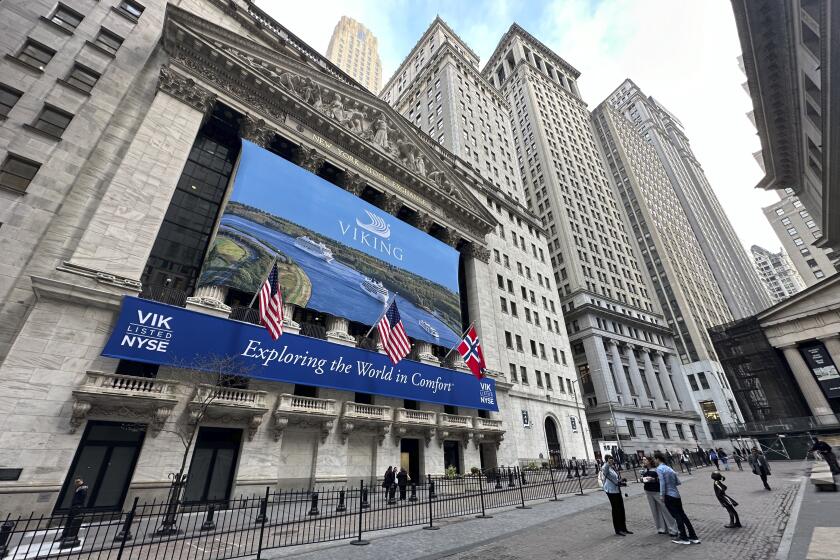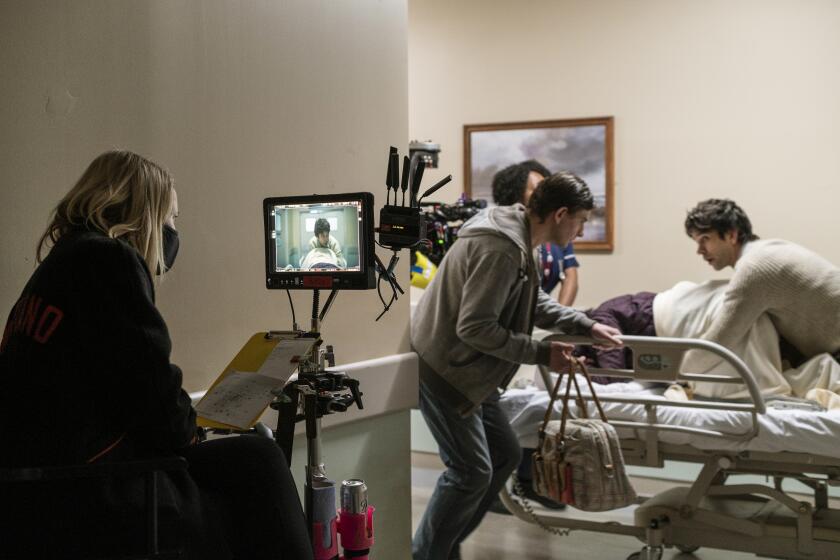Hey, stupid, this is not an ad
APPARENTLY, the American Society of Magazine Editors has a considerably lower opinion of magazine readers (and, for that matter, magazine editors) than one might expect.
The organization’s latest guidelines, issued last week, are intended, in part, to dissuade magazines from printing advertising that could be confused with editorial content. It seems that too many Americans are dazzled by glossy ads and coerced into believing that they are, in fact, magazine copy.
Can an industry’s faith in its own clientele be any shakier? Do magazine editors truly believe that if we see page after page of slick magazine stock with images of the Target stores logo but not the word “advertisement” on the top, we’ll think that the staff of the New Yorker has suddenly decided they have a journalistic duty to inform us that Target is better than Wal-Mart?
At issue are the placement of ads too close to articles that might be pertinent to the advertiser’s business, and the use of “advertorials,” or features commissioned by advertisers that include factual information in addition to a sales pitch. The ASME guidelines don’t discourage advertorial use, but they do require that a clear disclaimer (now the word “promotion”) be printed on each page of a special advertising section, lest the gullible public be duped into thinking Newsweek might have suddenly lost its business (not to mention journalistic) sense and decided to independently endorse one brand of vodka over another.
The ASME acted after the Aug. 22 issue of the New Yorker included only ads for Target, with myriad artworks featuring the company’s logo throughout the magazine. The Wall Street Journal recently reported that the “ASME found the New Yorker was in technical violation of its guidelines” and required “that an issue sponsored by a single advertiser include a note from the publisher or editor saying as much.”
If readers of the erudite New Yorker can’t be counted on to recognize advertising when they see it, what hope is there for readers of Us Weekly, the National Enquirer or -- Lord help us! -- Teen People?
Even more puzzling than the idea that readers don’t know ads from reportage is the implied notion that magazine journalism has deteriorated to the point that editors can’t make feature articles clearly distinguishable from advertising. Does the ASME truly believe its own membership is incapable of producing journalism that doesn’t look like a pitch for a Saab?
When, in a recent ad campaign, Lee Iacocca spent his summer cavorting with Jason Alexander, Snoop Dogg and a girl who was at least pretending to be his granddaughter, all in support of Chrysler’s current vehicle line, Americans didn’t think they were watching the evening news. And even when Iacocca, in one of those commercials, turned on his morning news show to hear glowing reports about how “the Chrysler group has done it again” in the business report, the Federal Communications Commission did not require that the word “advertisement” be flashed on the screen to remind people they weren’t really watching CNN.
Yes, Madison Avenue will try to find ways to blur the line and get a reader to look at an ad and believe for a moment that he is reading an objective piece of reporting. Advertisers may even try to persuade an editor to slip a product into a story.
So it’s not unreasonable to police the border between advertising and journalism. And there’s no harm in labeling an advertorial section “promotion.”
Still, the ASME’s implications about the the American public and the publications it reads are disturbing. The organization has no faith in the intelligence of readers or editorial boards.






